Large Tote Bag
Roomy Inside Pockets
diaper bag, travel, overnight, kids’ toys, shopping
measures 14” high x 17” wide x 4” deep
made from pre-quilted fabric (we have a lesson on DIY pre-quilted fabric)
Disclosure: This site contains affiliate links. As an Amazon Associate, I earn from qualifying purchases. Clicking on links, and purchasing products, may result in the seller paying us compensation - at no extra cost to you. Affiliate links are in green.
Also see:
Lifestyle Blog
Easy Sewing Patterns
Accessory Patterns
Crafts
Multi-Use Tote Bag Pattern
No zippers or buttons. Learn straight stitching, top stitching, and binding trim. I used this lesson for beginning sewing classes. If you are doing this on your own, it is best as an intermediate level. For an easier, beginner tote bag pattern, go to: Super Easy Tote Bag
I absolutely LOVE this tote. I take it on vacations and day trips. The inside pockets provide a place for papers, snacks, sunscreen, and other items. I have had mine for years, and it still looks like new.
Pre-Quilted Fabric
This pattern calls for double-sided, pre-quilted fabric. That removes the need for adding batting or other stiffeners. It gives a nice body to the bag. Because it is double sided, it provides the outer shell as well as the inside lining.
I designed this to be easy and quick to make.
Pre-quilted fabric seems to come and go in stores. If you cannot find it, it’s easy to make.
For complete directions on DIY pre-quilted fabric, go to: DIY Pre-Quilted Fabric Lesson .
FINISHED TOTE SIZE
bag itself: 14” high x 17” wide x 4” deep
handles: I cut mine so the finished length was 21”. Approximately 1” on each end was inside the bag.
SUPPLIES
Check Amazon for prices. Affiliate links are in green.
Basic Sewing Supplies - my “must haves”
rotary cutter and cutting mat makes cutting straight lines a snap
large clear sewing ruler used with the cutting mat or alone. I can't say enough about large rulers – I use them in my home remodeling and art projects as well
straight quilting pins (optional) quilting pins are larger than regular pins, so are easier to see
spring action fabric scissors regular and micro tip – I use both; the spring action is a huge assistance when doing a lot of cutting
thread most of my thread is on large serger cones – very economical
Project Supplies - if using pre-quilted fabric
Fabric:
1.5 yards of 45” double-sided pre-quilted fabric will make one bag with straps. 2 yards of double-sided pre-quilted fabric will make two bags with straps.
fabric bias tape also called binding
fusible fleece I love the padding of fusible fleece
Binding
Binding in contrast color is needed for finishing the inside pocket top edge, two side seams, and top edge of the tote main body. You can purchase the binding, OR create your own. It does not have to be bias cut binding. To make your own, cut one 1.5” x 22” strip for the pocket top edge, two 1.5” x 16” strips for the side seams, and one 1.5” x 44” strip for the top edge of the bag body. If you are purchasing fabric for the binding, purchase 1/4 yard (this is about twice what you will need but allows for extra - assuming the fabric is 45” wide).
Fusible Fleece or Batting
This is needed if you are creating pre-quilted fabric. Cut a piece approximately 24” x 36” - your finished, pre-quilted bag piece should measure approximately 22” x 33”.
Project Supplies - if making your own pre-quilted fabric
Interfacing - stiff is needed for this project
Interfacing is needed to stiffen the straps (bag handles) if you are not using pre-quilted fabric; I used Pellon Craft Fuse #808. I made my handles from my outer shell fabric (not pre-quilted), so I needed to add some body to the handles. Pre-quilted fabric may be stiff enough - you decide. I used two layers for each handle of Pellon Craft Fuse #808 for each handle. Cut four 1” x 21.5” strips. NOTE: Any interfacing stiff enough to create a good stiffness for the straps will do.
Fabric For Straps
Cut two 3” x 22” strips of fabric. I used the fabric I had used in the outer shell of the main body.
All seams are 1/4"
My Tips For DIY Pre-Quilted Fabric
I made my own pre-quilted fabric by using two layers of fabric and a layer of fusible fleece between the layers. The fusible fleece worked well, gifing the bag a nice amount of body. I used fabric and interfacing to make my handles (see supply list above). I fused the fusible fleece to the WRONG side of my top fabric, then pinned the combined layers to my contrast fabric. I then used machine embroidery stitches, following the design lines in the fabric, to stitch my layers together.
Because I only used the pre-quilted fabric for the main bag body (not hte straps) I only quilted one 22” x 33” piece for the main body, and the pocket piece (done separately). I used the remaining fabric to create the straps and binding.
When layering the fabric, cut the batting or fleece LARGER than your top layer. When all three layers are stitched together, trim off the excess batting or fleece.
By the time I was done stitching my layers together and trimming all edges straight, my main bag piece measured 22” x 32” rather than 33” long. That was fine.
For my full tutorial on making pre-quilted fabric, using batting and a quilting bar, to to: DIY Pre-Quilted Fabric .
Cutting Instructions
Please Note: These diagrams are not exactly to scale, but the pieces do fit as shown.
First, cut out your pattern pieces. I use butcher paper, bought on a roll at Costco. If you are more experienced, and don’t need a paper patterns, you can cut the fabric directly per measurements given. A large sewing ruler, cutting mat, and rotary cutter make cutting to exact measurements very easy to accomplish.
Create Pattern Pieces:
Main Body Piece: measures 22” x 33”
Inside Pocket Piece: measures 22” x 14”
Straps: each measures 3.5” x 24”. Make two strap pattern pieces.
Pattern / Fabric Layout
Main Bag Piece
1. Baste 1/8” from edge around main bag piece (to hold all layers together along the edges).
2. Find the center of your main bag piece. Stitch a line 2” from each side of the center, as shown in the diagram below. This marks the bottom of the bag (front and back bottom edges).
Create The Inside Pocket
3. Baste 1/8” from the edge around all four sides of the pocket piece.
4. Cut contrast binding 1.5” x 22”. Iron under one long edge 1/4”. Stitch the non-pressed edge to the top edge of the pocket, right sides together, using a 1/4” hem (stitch along one 22” side of the pocket). The following photo shows the bag and binding stitched along the top edge, right sides together.
Flip the binding to the back side of the pocket piece and hand stitch into place using an invisible stitch (blind hem stitch). The binding on the wrong side should fold over so that it completely covers the previous stitch line (stitch line that attached the binding to the pocket piece).
For added security, you can also machine stitch the binding. Turn to the right side and “stitch in the ditch” along the seam between the binding and pocket (this stitches the binding in place inside the pocket). The following photo shows the front of the bag. The binding has been folded over to the back, and the edge of it was stitched in place using “stitch in the ditch”, meaning that the stitching has been done along the seam that shows on the front. It catches the edge of the binding, and is not noticeable on the front side.
The pocket is now finished.
5. In this step, you will stitch the pocket to the main bag piece: the pocket will be stitched against the BACK of the main bag, on the INSIDE of the bag, and will sit right on the bottom of the bag.
Turn the main bag piece to the WRONG side, with the BACK of the bag toward the top of your work space. Draw a line 1/2” up (toward the top edge) from the bottom marker stitch line, to mark the placement of the pocket. Remember - the inside pocket will be on the BACK of the bag.
Refer to the photo and Figure A below. NOTE: the pocket area is designated by gray lines in the drawing.
draw line 1/2” up from bag bottom
inside pocket placement
6. Place the inside pocket upside down, with the right side of the pocket against the inside of the bag. Place the bottom edge of the pocket up along your drawn line. Pin the pocket into place. Turn the bag to the right side and stitch over your old line that marked the bottom of the back of the bag. This will give you the 1/2” seam allowance on the inside pocket, and the inside pocket will sit right on the bottom of the bag. Clever design, right? Turn the piece back to the wrong side. Flip UP the pocket and baste the pocket sides into place on the WRONG side of the BACK side of the bag.
Flip up only the pocket - do not sew the side seams of the bag!
Refer to Figure B below, as well as the following photos. The pocket divider line is shown in Figure B; you will do that in the next step. It is not shown in the photos.
Pocket Divider - optional
NOTE: You MUST do this step before stitching the side seams of the tote bag.
Decide where you wish to divide your pocket. I created two pockets in my bag by stitching a line off-center from the base of the bag up to the upper edge of the pocket. This created a large pocket and a small pocket. Run your stitch line from the base of the pocket up to the upper edge of the pocket. Besides creating two pockets, this stitch line helps secure the overall pocket to the outer bag.
Side Seams
8. Fold the bag RIGHT SIDES TOGETHER; stitch the side seams of the bag using a 1/2” seam allowance. Add binding to each side seam, using the same method used for adding binding to the top edge of the pocket. Refer to Figure C below. The photograph shows the inside of the bag, with the side seams fully enclosed in the binding.
Note that the tote bag is beautifully finished inside. The photo shows the binding in place at the top of the pocket and at the side seams (it also shows it in place around the top of the bag).
Create Mitered Corners
9. With the bag inside out, push the bottom flat, and pull out the points from each end of the bag bottom. The bag bottom is 4” wide. Stitch across each end. Refer to Figure D below, as well as the photos. Photos: mitered bottom and view looking down into the bag.
The following photo shows the inside of the bag. The miter corner is pushed flat against the bottom of the bag bottom. If you wish, you can tack it down with a few hand stitches.
nicely finished interior of bag
Upper Edge Binding (upper edge of bag)
10. Add binding to the top edge of the bag using the same method used for the side seams and top edge of the pocket.
Straps (handles)
11. Make your straps per instructions below.
If using pre-quilted fabric for the straps:
Turn under and press 1/4” on each side of a strap. Fold lengthwise, right side out, and topstitch along the side edge, sewing the two folded edges together, 1/8” from the edge. I fold my straps so that one side almost entirely overlaps the other. Topstitch along the opposite side edge, 1/8” from the edge. Press. Zig-zag along raw edges on ends of straps. Turn ends under 1/2” and topstitch the strap hem.
If using fabric and interfacing for straps:
Cut two strips of fabric 3” x 22”. Cut four pieces of fairly stiff interfacing (such as Pellon Craft Fuse mentioned under Supplies) measuring 21.5” x 1”. Cut four, because two are need per strap. I found that one layer of this interfacing was not quite enough. Two layers added just the right amount of stiffness.
Press under all four edges of strap fabric 1/4”. Turn the strap wrong side up. Place the two layers of fusible interfacing inside the pressed edges on one half of the strap, so that the interfacing is totally covered on a long side and ends. Press. Fold over the strap, wrong sides together. Topstitch around all four edges, 1/8” from the edge.
The following photo shows the interfacing inside the strap. Once you are sure the interfacing is totally inside, fold the strap closed and topstitch around all four sides.
12. Attach Straps
On the inside of the bag, place the straps approximately 6” from each side seam of the bag (or per your preference). The ends of the strap should overlap the bag about 1/4” beyond the binding stitch line. Pin into place. Stitch a rectangle or square line of stitching around the overlap area to secure the handles are in place. Stitch a small “X” inside the square for added security (optional). Stitch is enhanced in the following photo.
reinforced stitching
Finished!
As I mentioned at the beginning of the lesson, I used this project for several beginning sewing classes. It creates a beautiful, useful item. I use this bag for just about every day trip. It holds snacks, hiking maps, extra water, writing tables, pens and just about anything else I could possibly need in the car.
Bags & Accessory Sewing
Crafts & Home Decor
Lifestyle Blog
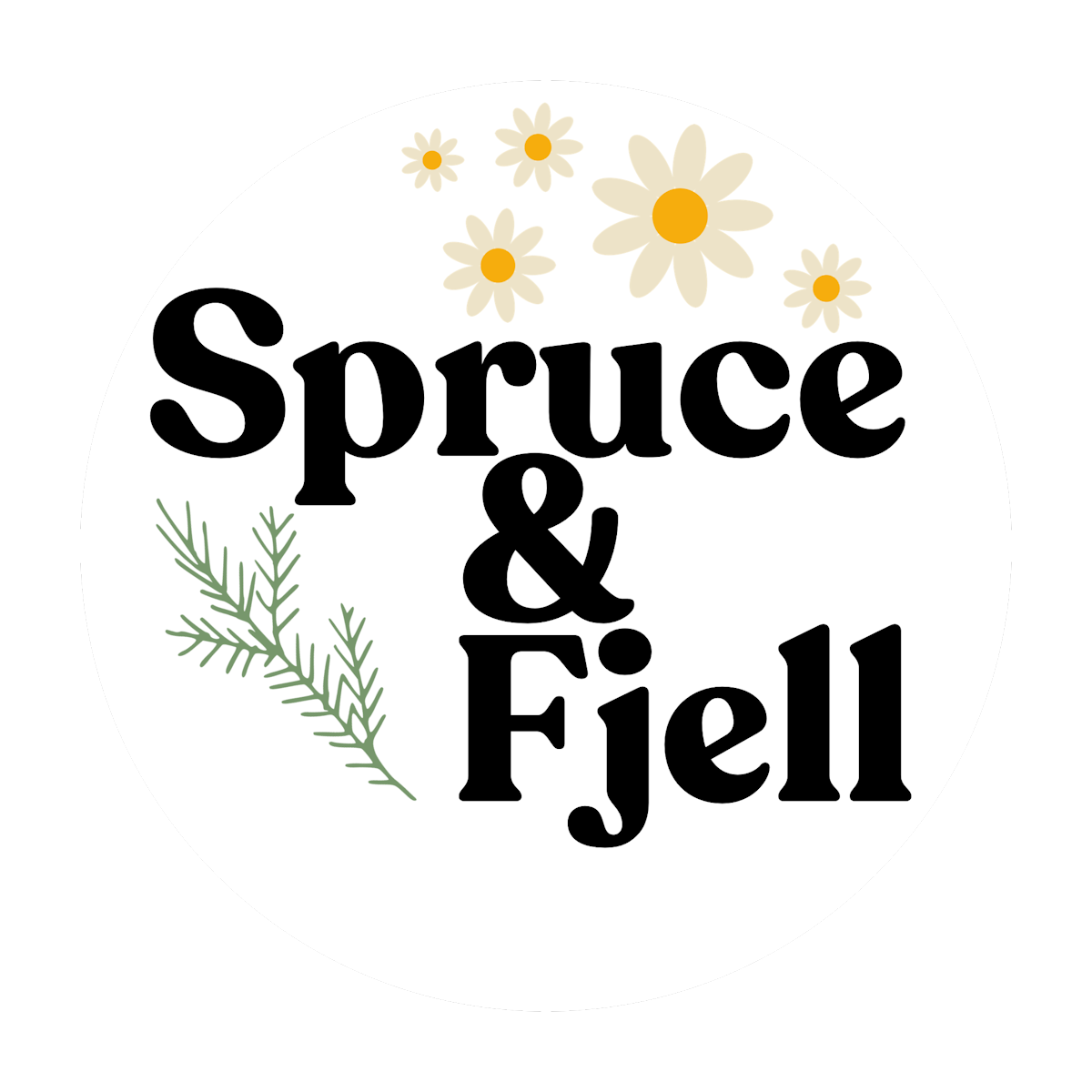






















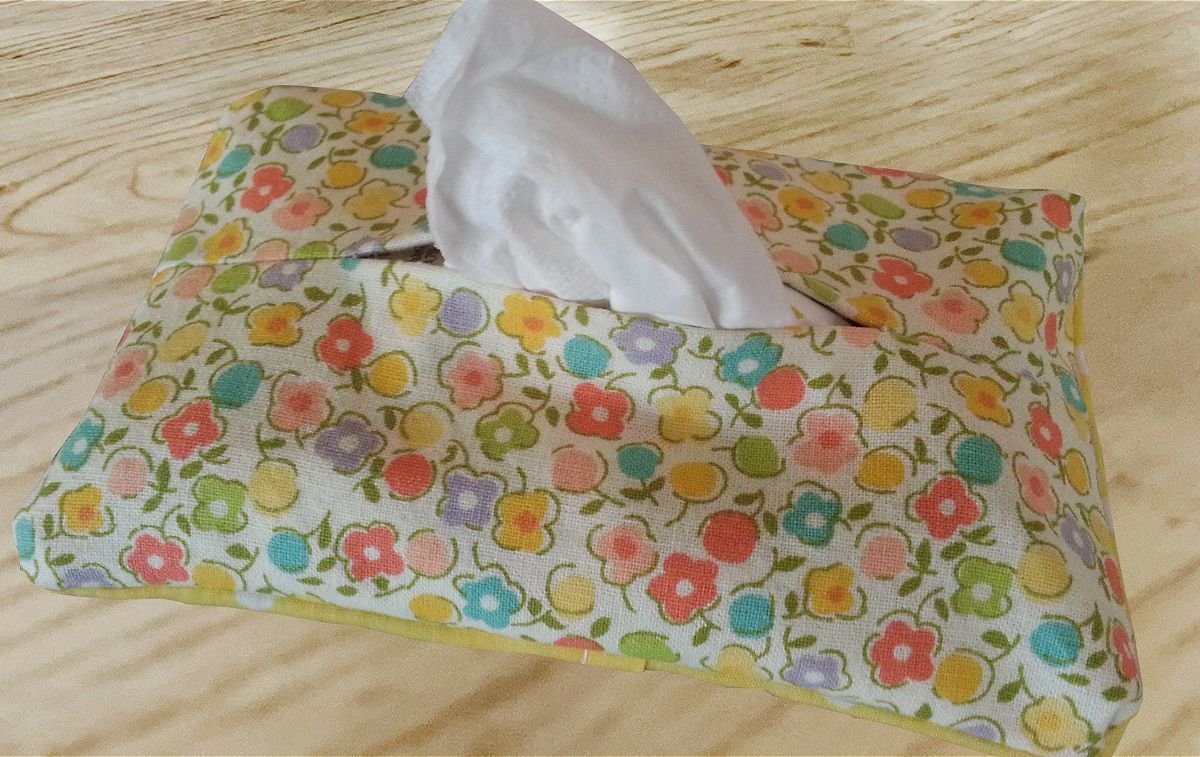






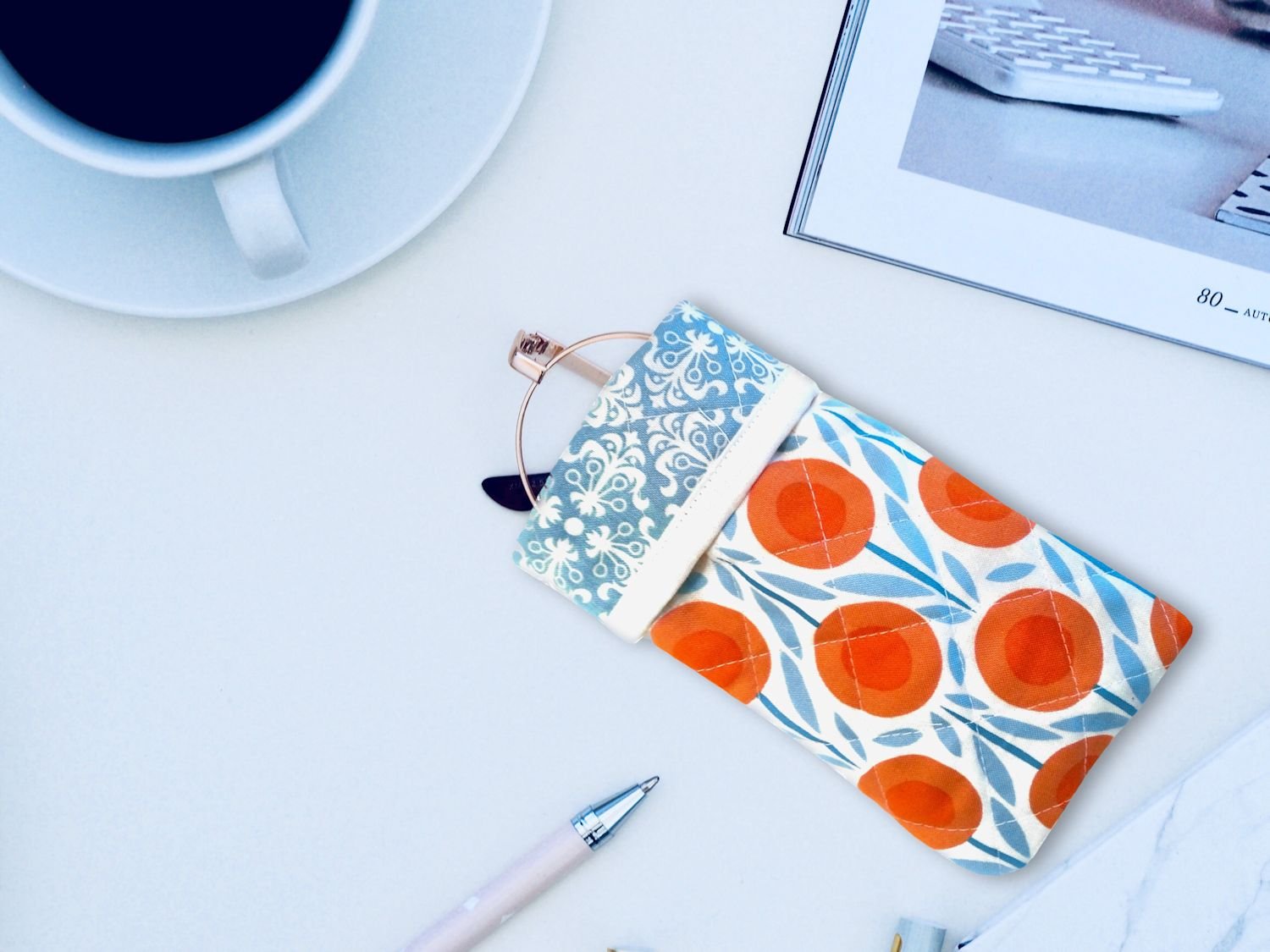
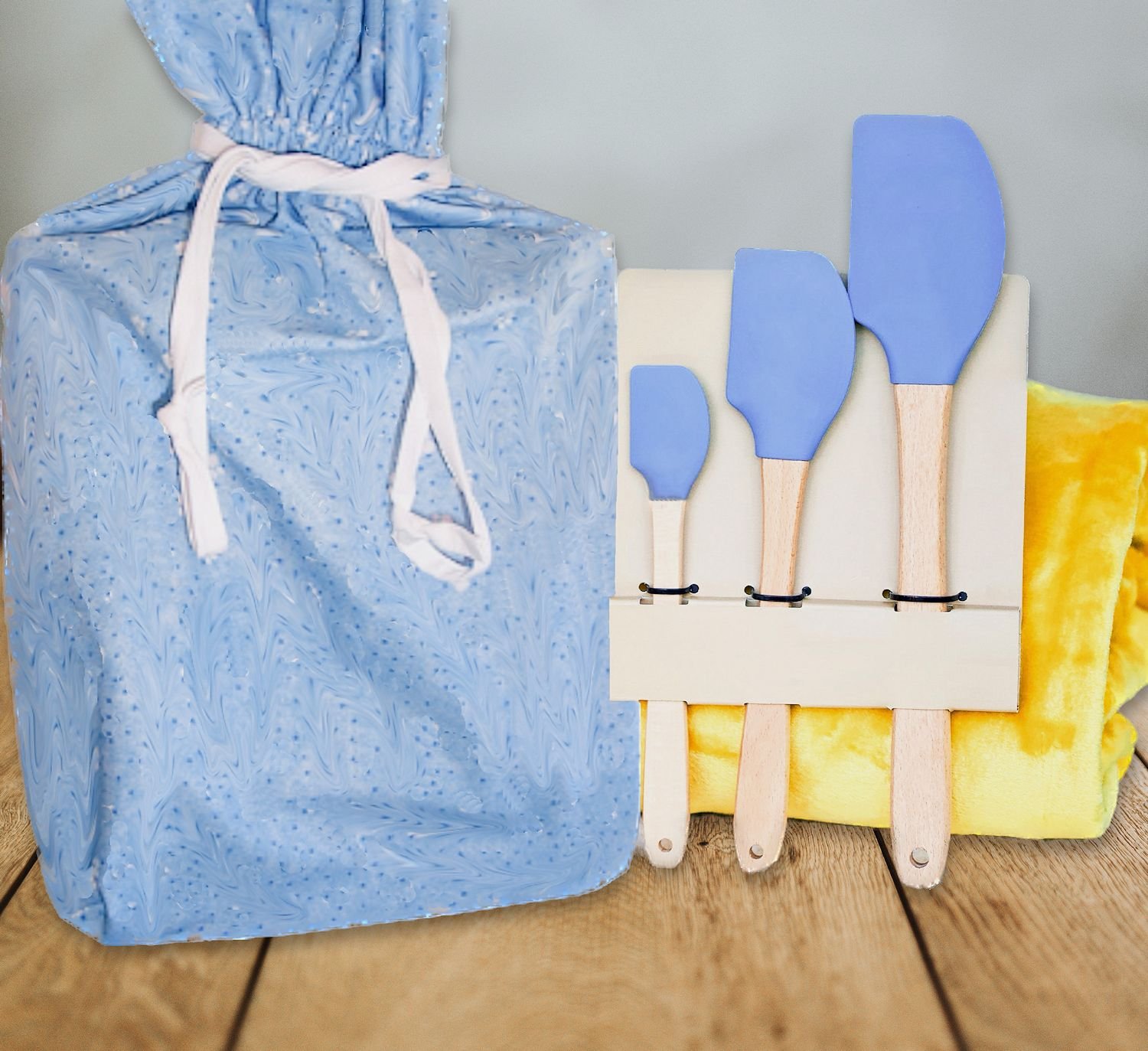



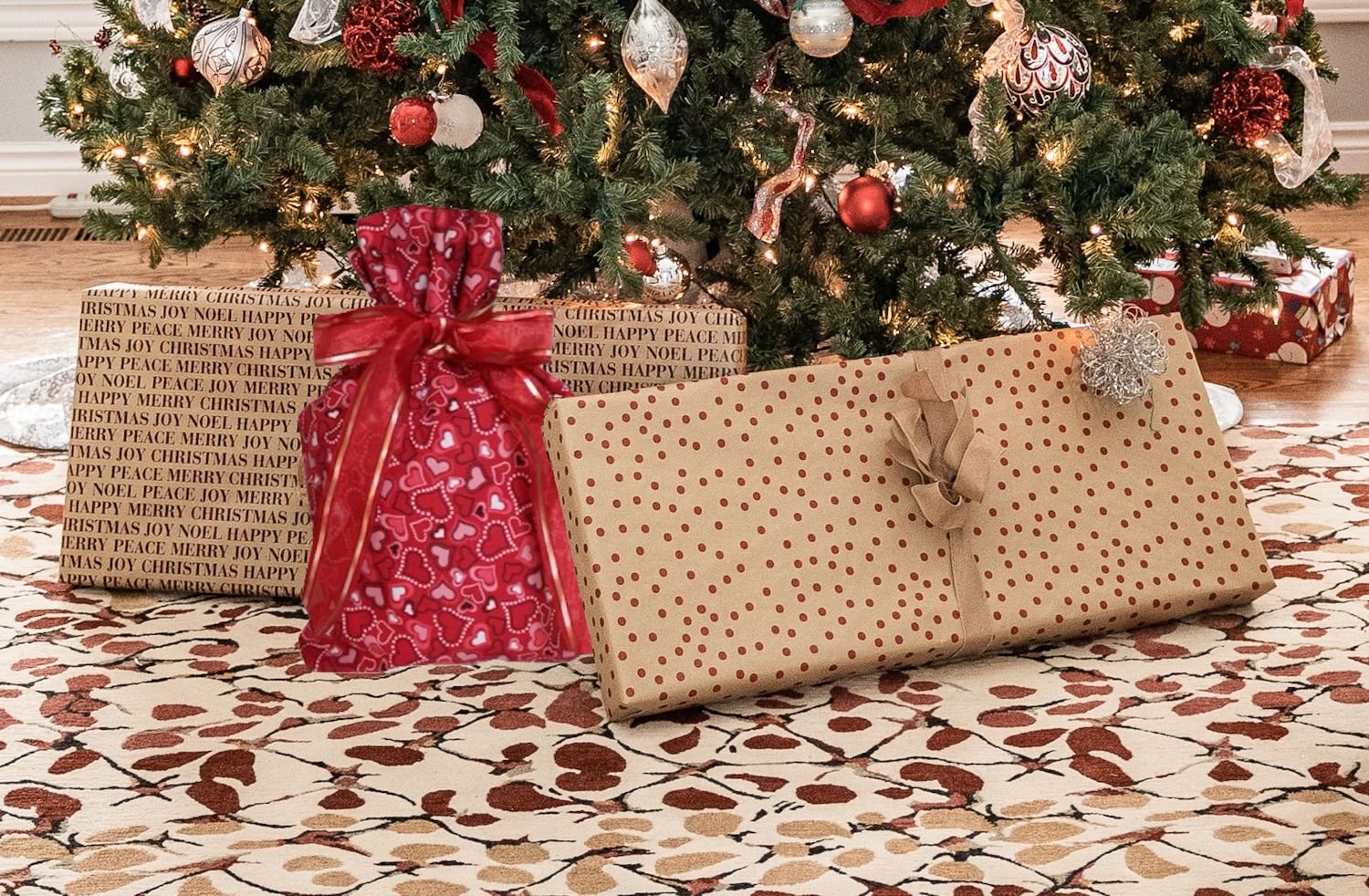

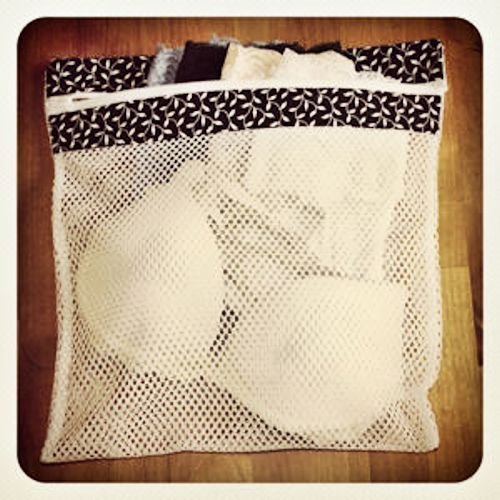
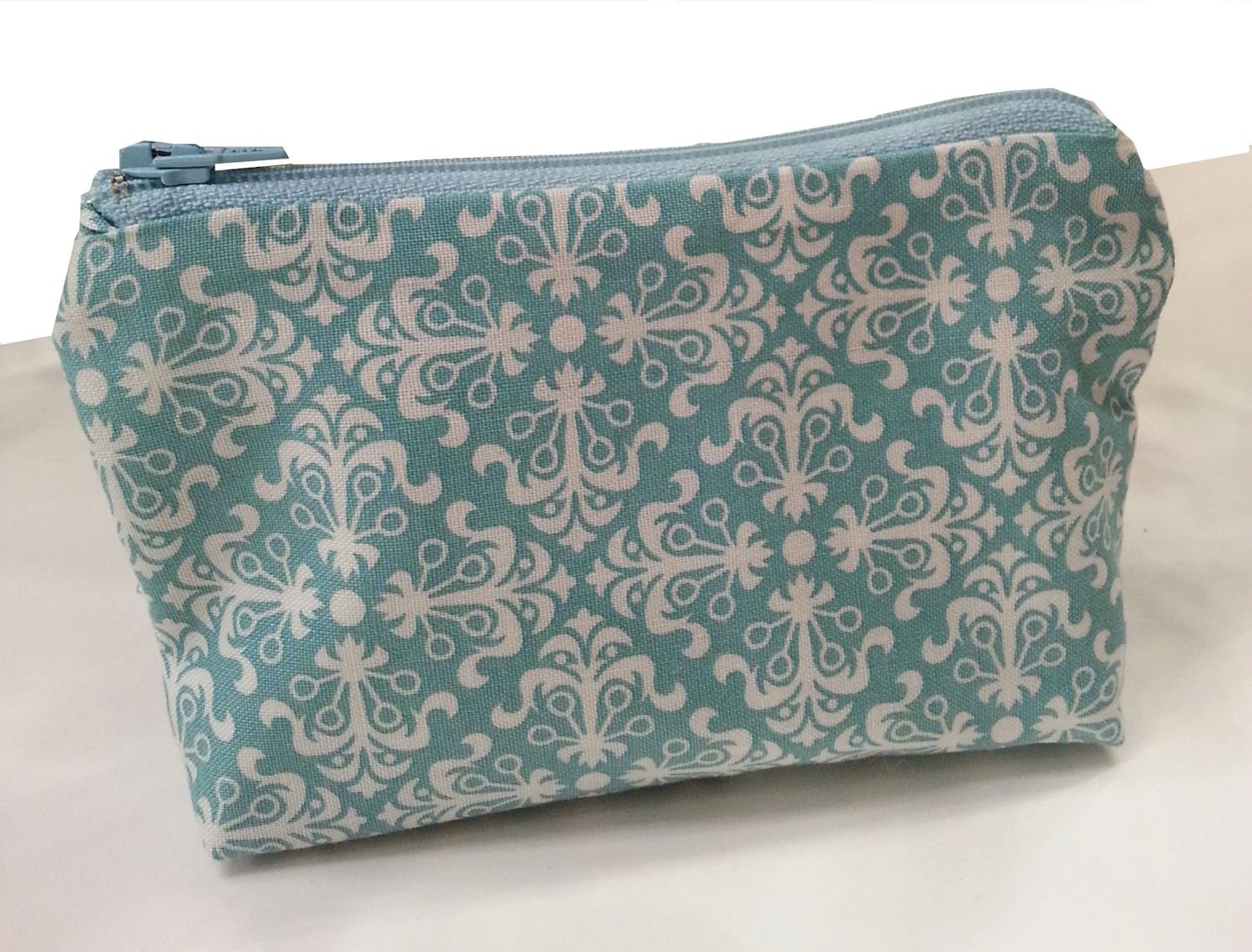




























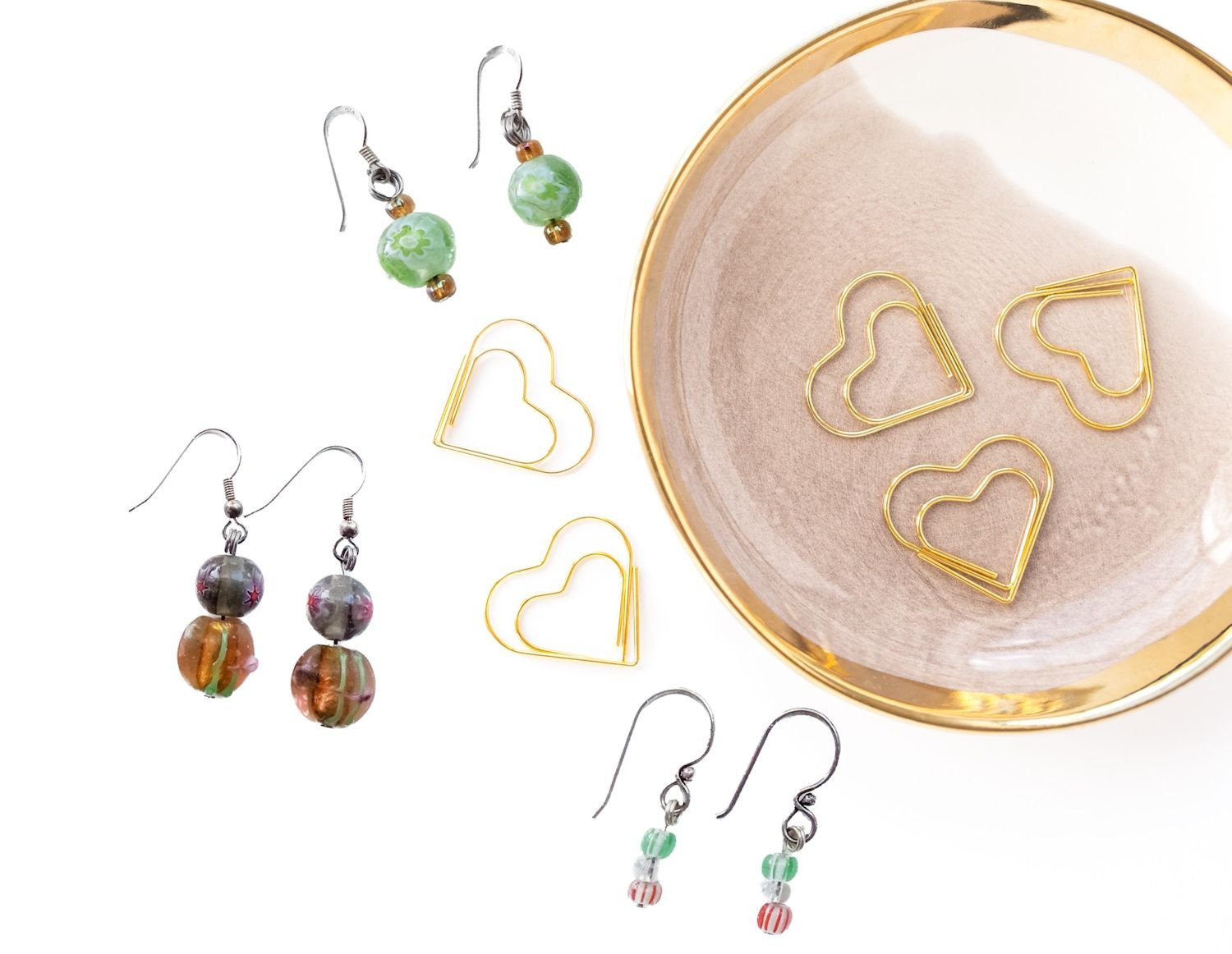














Use double sided pre-quilted fabric to create this roomy tote with pockets. Multi-use bag.